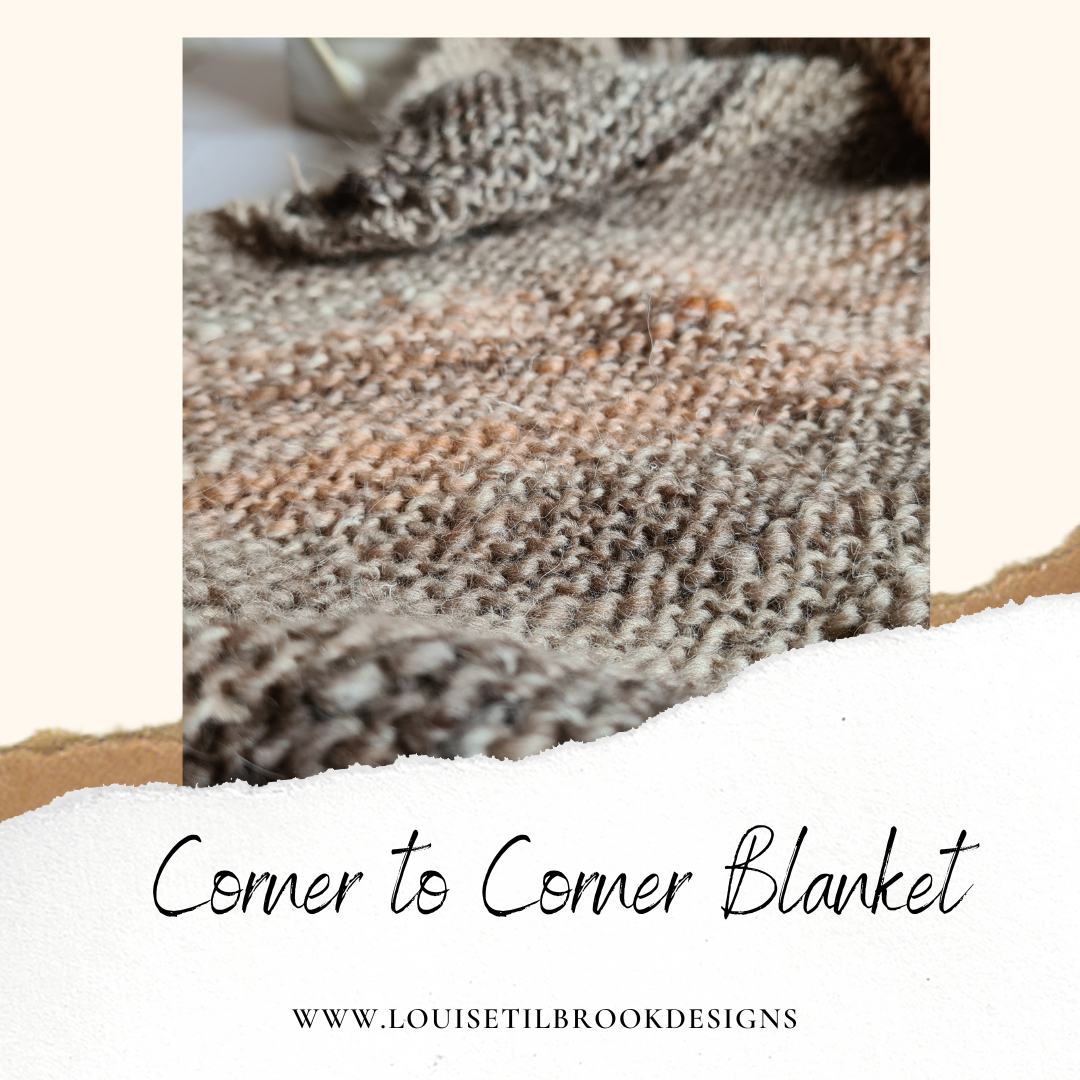I’ve been a knitter a long time now, first learning as a child sat on my Grandma’s knee. Then in my early 30s picking up the needles again by way of respite from life with two babies under 2. I knit most days, on a variety of projects and I’m never without knitting on my person when I leave the house. In short, I’m a knitter with a capital K.
But everyone starts somewhere and it’s easy to forget that things we now take for granted, we once didn’t know. Not only that we didn’t know. But that we didn’t know that we didn’t know.
It would never occur to me now to try and knit from yarn directly from the skein. But once, I did. Not only that but I tried to do it in a parked car with the yarn looped around the gearstick. As I said - I didn’t know what I didn’t know.
But, we live and learn - at least most of the time. I still persist in thinking that I don’t need to make a note of the needles I’m using for a particular project for example. But most of the time we do.
And in that spirit I thought I would present a short list of things I wished someone had presented me with (ideally on a laminated sheet for my project bag) back when I was a new knitter.
Wind the yarn into a ball before you start. I know I already mentioned this one but it really is my top tip for anyone new to knitting who is tempted to try the joys of hand dyed yarn. Don’t fall into the trap of thinking you need fancy equipment. Just loop the yarn around two chair backs pushed other or employ the hands of a handy helper.
Keep a knitting notebook - either on paper or digital. Make a note of the yarn and needles you are using along with any notes you might want to refer back to. It also really helps when you are getting to grips with gauge swatches and helps you keep a record of the stitch count you are likely to get with certain yarn weights and needle sizes.
Gauge matters - I’m not going to labour the point on this one. Others have done that much better than I - see this post. But it really, really matters.
There are better alternatives to the thumb cast on. This was the one I used for years (thanks, Nana) before it dawned on me that it was a bit wibbly and unstable for anything more than a short piece of knitting. Finding the long tail cast on was a revelation. There are others, of course and it’s always worth experimenting, but this is the one I always turn to first.
Always mark the right side of your work. I generally clip a little bulb pin to the front of my work, just to remind me which is the right side. On a stockinette sweater of course, it’s easy to tell once you get going but just for those first few rows - and particularly if you are a new knitter it really does help to orientate you - and stop you picking up your work and accidentally knitting back the way you have come.
How about you. if you could write one piece of advice to your younger knitting self what would it be? Why not let me know in the comments.





